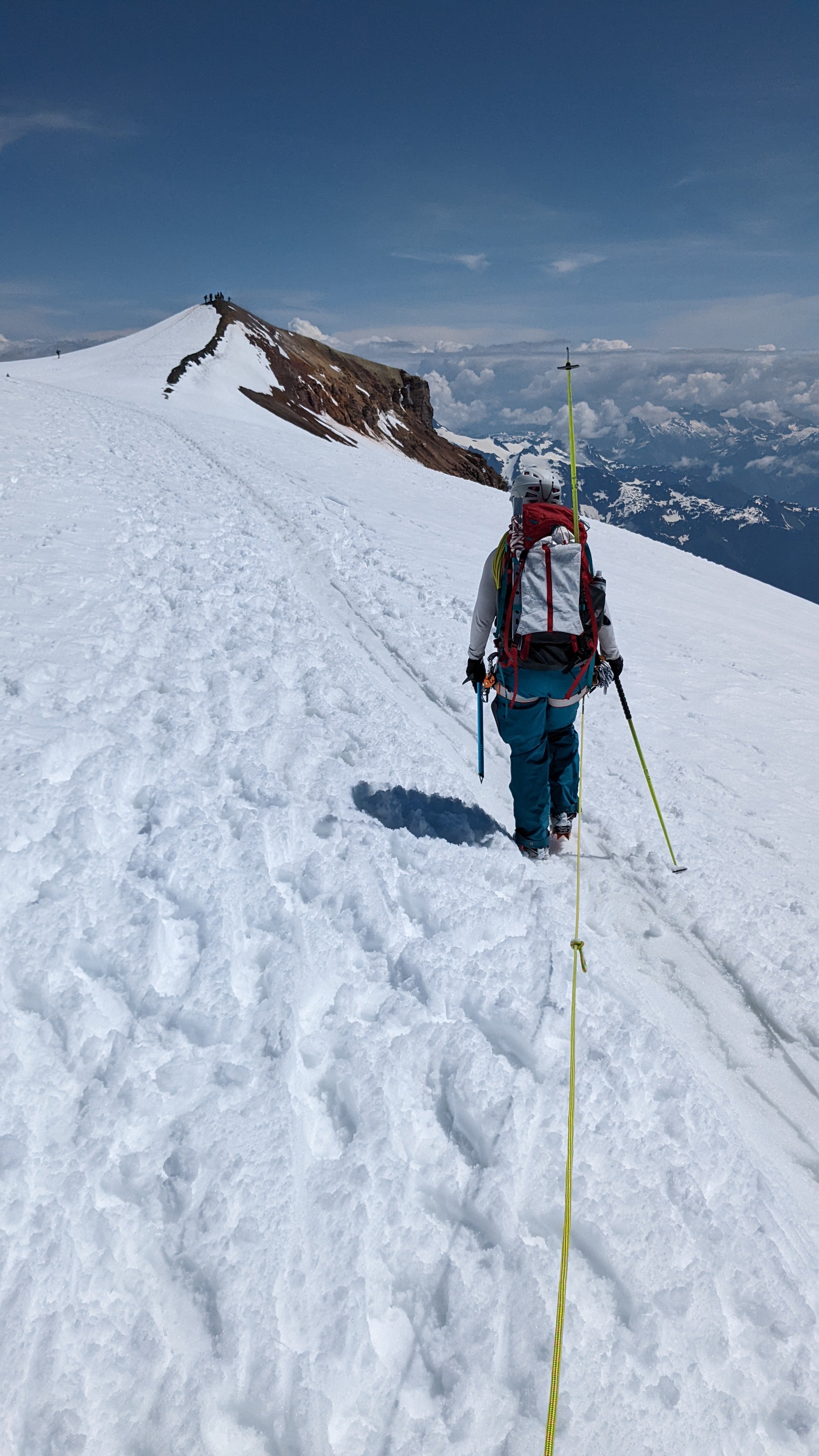Solar panels are a necessity for your camper van. We rely on our solar for many things like cooling, lighting, running our appliances, watching TV, and working on the road. Solar panels are what bring the comfort of a traditional home to van life.
Before you buy solar panels, figure out how much you’ll need by doing a power audit. If you’re not sure how to size your camper van’s electrical system, check out our post here.
Once you’ve determined how much power you’ll need, you need to find the right roof rack and solar panels. You have two options when it comes to solar panels: flexible and rigid.
Flexible Panels
- Features: Temporary panels. These are lightweight and easy to install. No drilling or mounting hardware is required. You can glue them to your roof.
- Drawbacks: They are generally considered to be not as durable and are less efficient since airflow can’t pass around the solar panel (solar panels are more efficient the cooler they are). Since panels are glued to the roof, some people worry the adhesive may lose strength over time, and ultimately they will be much harder to replace if one gets damaged or you want to upgrade to newer panels.
Rigid Panels
- Features: Permanent panels. These are typically mounted to the roof or roof rack. They come in a variety of sizes so you can choose the best size and price that fits your needs and your budget. Since these are typically mounted to a rack with brackets, replacing a damaged panel or upgrading your system is an easy task.
- Drawbacks: Mounting these to your roof without a rack significantly increases your chance of roof leaks. Since solar panel dimensions are constantly changing (even within the same year from the same manufacturer) an exact replacement may be impossible. If you replace a panel that was screwed to your roof, the chances of the new brackets matching your old brackets is unlikely leaving you with more potential leak points. If you have to remove these panels, you’ll be left with holes in your roof that will need to be patched. We avoided this on our van by installing a roof rack first.
You Need a Roof Rack First
Buying your roof rack first is key. Pick the roof rack then the solar panels. Our roof rack selection can help you maximize your solar potential and allow room for awning mounts and other gear.
When we bought our van, I couldn’t find the right option at the right price to mount our roof rack so I designed the brackets myself. You can use our brackets for a ladder rack, low profile solar rack, or a full-size rack. Our custom brackets are easy to install and we’re always here to help if you have any questions about your project.



Share:
Add Light And Ventilation To Your Camper Van With More Windows
Floor it.